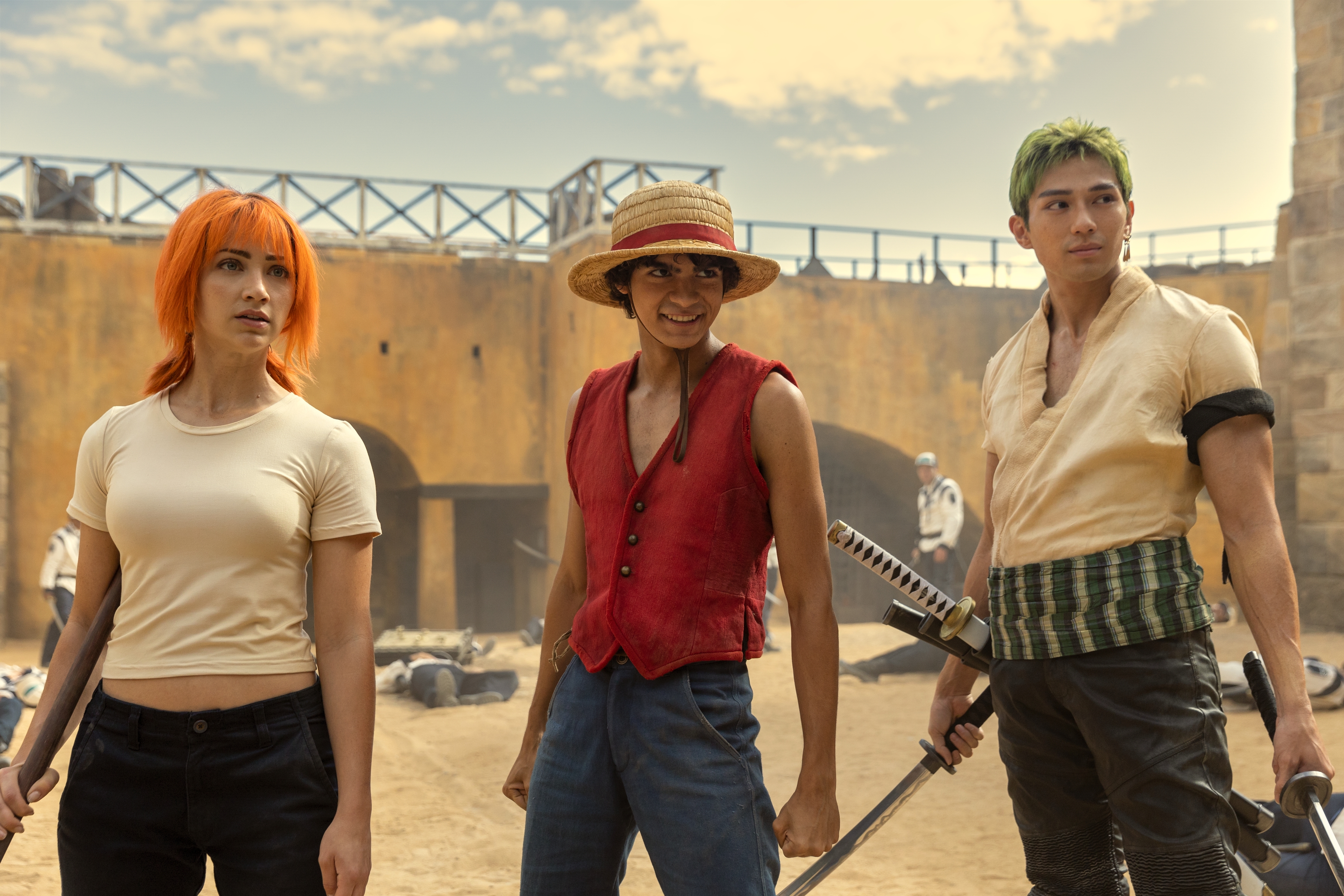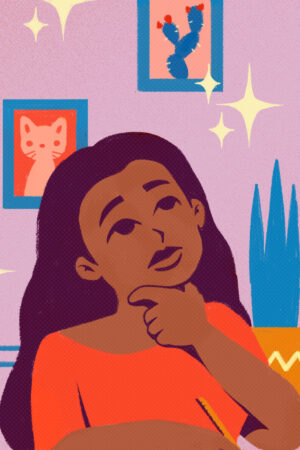As a kid growing up in Panama, there was an after-school ritual. It didn’t involve friends, much less going out of the house. Sometimes it involved snacks, but not always. As I grew older, my sister was allowed to participate, but the rules were clear: she had to stay quiet. That ritual was watching anime. It didn’t even matter which anime was on. It was about the genre.
The number of shows I watched, some of them multiple times, seems staggering now. Sailor Moon, check. Rurouni Kenshin? Check. Captain Tsubasa, check. Dragon Ball, check. Saint Seiya? I must have watched it enough times that I already knew what was coming in any given episode. Still, I watched. And my love for the genre didn’t die off as I grew older and stopped watching live TV. Instead, as I discovered the wonders of the internet, I found out there was actually a lot I’d missed out on.
My ritual wasn’t all that special. Growing up in Latin America, everyone was watching anime. The rights for anime were cheaper than US cartoons, so TV stations in Latin America were buying the shows, dubbing them, and then just showing them daily, without any attempt at “adapting” them for the audience. That meant we got the real anime experience – and not just that, we got to watch older anime too (Candy Candy, Mazinger Z, and Captain Future come to mind), giving us an appreciation of the ways in which the genre was evolving.
As adults, the region is still heavily into anime. Numbers indicate that Latine people make up a large percentage of the fanbase for anime content; 40% of adults vs. 28% of white adults. Part of it is, indeed, that my generation grew up with anime, is still watching it and is now passing on the love for the genre to their kids and nephews. Another big part is accessibility. The shows might not be on daily anymore, but a lot of them are easy to find through streaming services, including Crunchyroll.

As anime evolved over the years, it embraced the Latine fandom and found ways to create representation through its characters, which has made the genre even more accessible. One Piece creator Eiichiro Oda has previously identified Monkey D. Luffy, the main character, as Brazilian. Netflix’s live-action adaptation took that a step further and encapsulated that love for the Latine community by casting a Latine actor, Iñaki Godoy, to play the title character Luffy. They also brought in Latine talent to play other characters such as Shanks (Peter Gadiot), Young Luffy (Colton Osorio), and Alvida (Ilia Isorelýs Paulino).
It feels like a small thing in the grand scheme of anime and in such a well-known property, but for a culture that has rallied around the genre for decades and that still remains one of the genre’s biggest fanbases, it’s particularly special to see a Latino at the helm of a big-budget adaptation like this one. We’ve enjoyed the pirates and the superheroes and the normal people on a journey, and now we get to be part of something that has been with us since we were kids. How could we ever stop loving anime?
Netflix’s One Piece season 1 is now available to stream.
This piece was written during the 2023 WGA and SAG-AFTRA strikes. Without the labor of the writers and actors currently on strike, One Piece being covered here wouldn’t exist.







